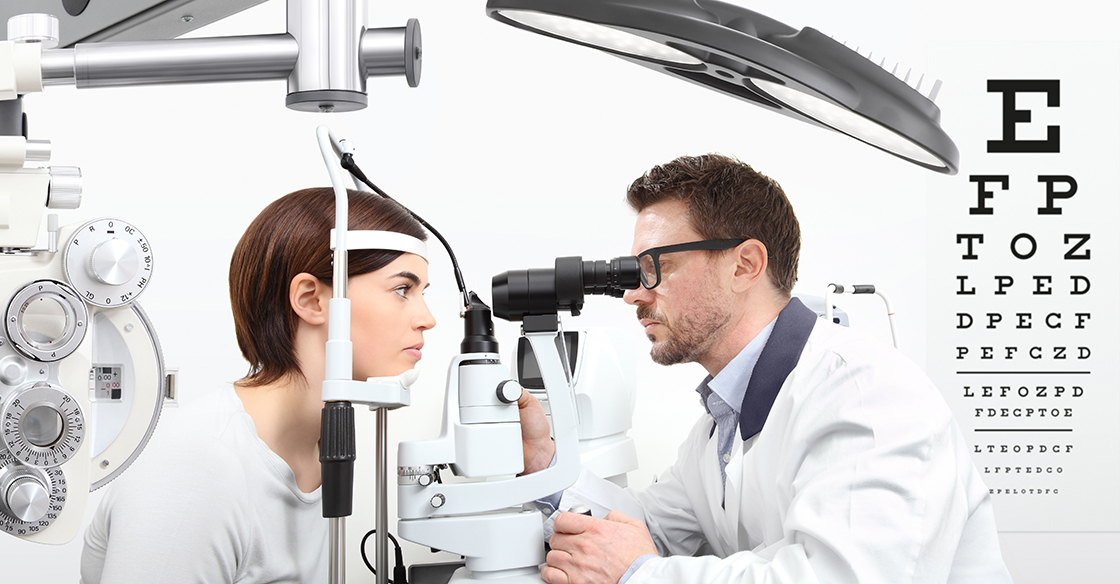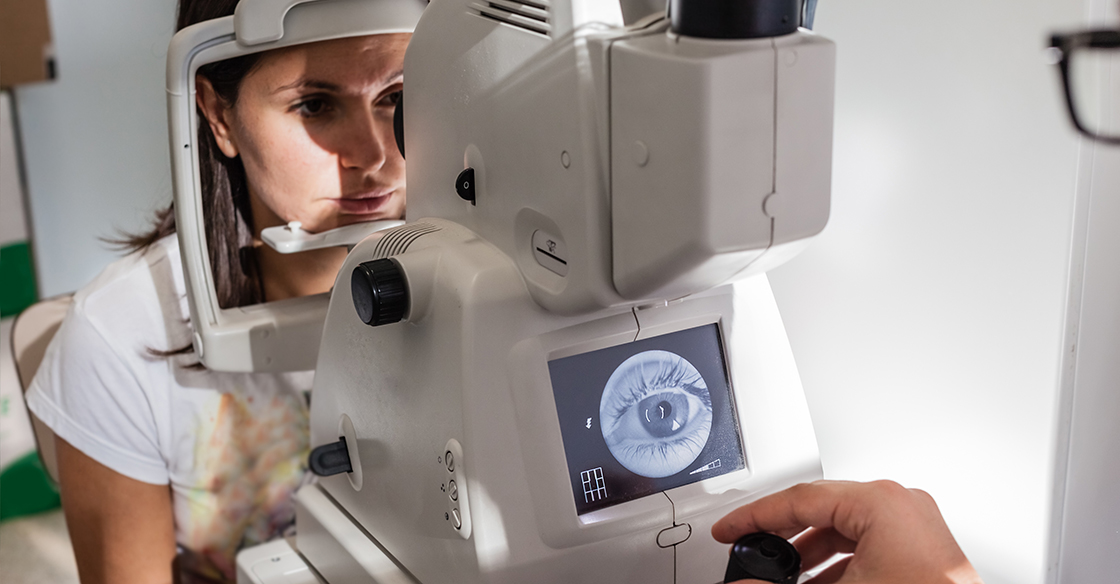5 Diseases that a Digital Retinal Imaging Exam Detects

Detecting vision problems early on is far better than when serious complications arise. By then, it might be too late. Digital retinal imaging is a fast, efficient and painless method that eye doctors use to view inside the eyes and capture different changes, if any, that could indicate the presence of vision or other health problems. Retinal imaging works by taking a picture of the back of the eye, showing a layer of blood vessels, the retina where light hits and images are received, and the optic disk, where the optic nerve transfers visual information to the brain. This not only helps eye doctors to check for eye problems but it also helps them spot particular diseases as well. Here’s a look at six diseases that digital retinal imaging exams can detect.
1. Glaucoma Disease
With a digital retinal imaging exam, symptoms and signs of glaucoma disease can be detected. This group of eye conditions causes damage to the optic nerve, generally as a result of unusually high pressure/compression on the blood vessels in the eye. Retinal imaging has the ability to show the appearance of the optic nerve and the damage to the optic nerve. It shows the thickness of the nerve fiber layer and glaucoma is indicative of a thinning of this layer of fiber. Glaucoma has the possibility to lead to permanent and immutable vision loss.
2. Age-Related Macular Degeneration
Retinal changes in individuals who have age-related macular degeneration (AMD) can be detected during a digital retinal imaging exam. AMD is a leading cause of vision loss in people over 50 and may show signs such as diminished vision quality, distortion of straight lines, whiteout in the center of one’s vision, blurry vision, fluid or blood leakage bleeding from abnormal blood vessels of the eye. The imaging exam is able to show pockets of fluid in the retina small deposits (drusen) under the retina and retinal thinning from cell death (geographic atrophy).
3. Retinal Detachment with Digital Retinal Imaging Exam

Retinal detachment is a medical emergency where the retina pulls away from its normal position and requires quick treatment to avoid vision loss. Symptoms include the sudden appearance of floaters, flashes in one eye or both, reduced peripheral vision. Digital retinal imaging by trustworthy optometry shows vitreous floaters.
4. Diabetic Retinopathy
The early signs of retinal damage in diabetic patients can be detected with retinal imaging. Some of the symptoms of this condition include floaters, blurred and fluctuating vision, dark areas in vision and vision loss. An ophthalmologist checks for the formation of new blood vessels in the eye, or leakage from retinal blood vessels and even swelling.
5. High Blood Pressure
Hypertension, also commonly referred to as high blood pressure is not always immediately detected in individuals. With no diagnosis and treatment, hypertension increases the risk of go years before realizing that they have the disease. Digital retinal imaging makes early detection possible and shows signs of the disease in the eye, including narrow, thickened or ruptured blood vessels, retinal spots, or bleeding blood vessels in the back of the eyes.
A digital retinal imaging exam does much more than simply check for eye problems. Eye doctors are able to also spot other diseases, like hypertension, glaucoma, diabetic retinopathy, retinal detachment, and AMD. Some diseases go undetected during the early stages and this method of an eye exam helps with early detection and the prevention of complications. Prevent vision loss and uncover any serious health issues by finding the right optometrist and partaking in an efficient and pain-free exam.
